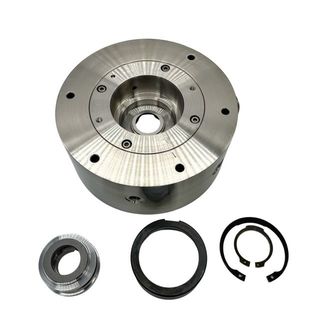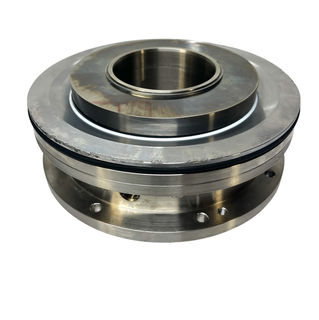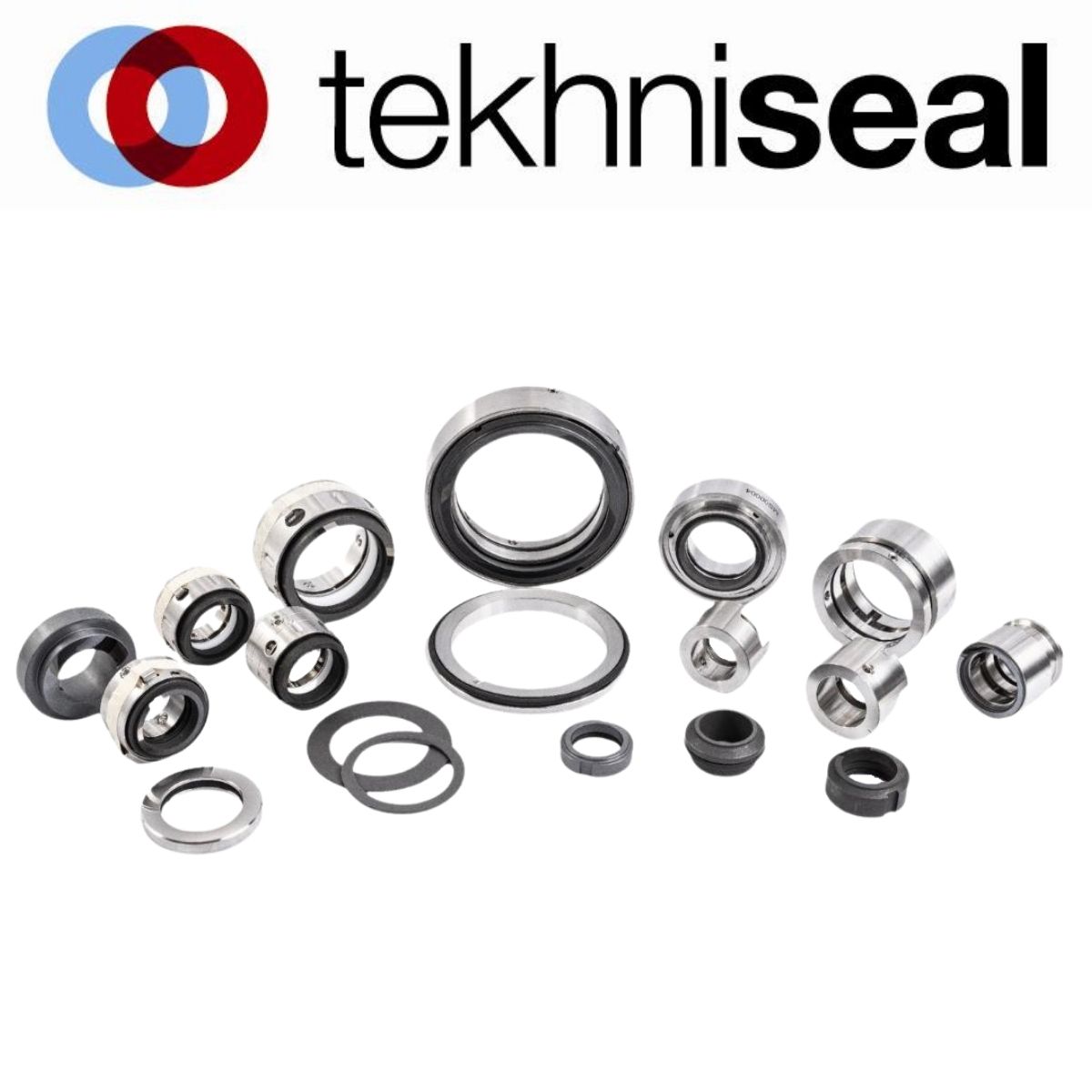SEARCH
Categories
FEATURED PRODUCTS
The Ultimate Guide to Mechanical Seals
The Ultimate Guide to Mechanical Seals
Mechanical seals are a manufacturing device intended to prevent leakage in a vessel where a rotating shaft travels through a wall. They are a key part of the manufacturing process and are thought to have been invented by George Cooke in 1923, for use in refrigeration compressors. However, some patents dating back as early as 1913 have many features recognisable as being part of a mechanical seal. Historically, a method known as gland packing was used in order to prevent leakage from a machine or vessel, which involved literally packing a braided rope-like material around the rotating shaft, plugging the gap between the shaft and the vessel wall. However, this method had many drawbacks:
- The friction generated by the shaft would wear down the packing, eventually causing leaks.
- The friction also generated lots of heat, meaning that the packing needed to be water-cooled frequently.
- The packing could wear a groove into the shaft itself, damaging the machine which would be difficult and expensive to repair or replace.
- By the nature of the packing plugging the gap, the machine would need more power in order to rotate the shaft.
Thus, mechanical seals were invented as a way to combat every shortcoming of gland packing.
There are multiple different types of seal available on the market, from simple spring mechanical seals, up to more complex cartridge seals. A simple mechanical seal consists of 2 lapped faces arranged perpendicularly along a rotating shaft. These two faces are pushed together by a spring, which must apply the exact amount of pressure to prevent leakage whilst still allowing a gap of micrometres between the faces, ensuring that a lubricant can come between them. The first face is fixed to the vessel and remains stationary, whereas the second face is affixed to the shaft, permitting it to rotate. These two faces work in tandem to ensure that any fluids inside a vessel or machine are contained. A secondary, elastomeric, seal acts as an additional form of defence, and is typically made from a material which will be unaffected by whatever is within the vessel. The material in which a mechanical seal is manufactured is dependent on what the seal is intended to plug. Factors such as the pressure, temperature, speed of shaft rotation, and the product needing to be sealed all contribute to the decision about what a mechanical seal should be manufactured from.
The faces of a mechanical seal can be made from materials such as:
- Carbon
- Bronze
- Stainless Steel
- PTFE
- Silicon Carbide
- Tungsten Carbide
Mechanical seals don’t just prevent leakage, but also ensure the efficient running of a machine, thus aiding plant safety and also reducing costs associated with machine breakages or leaks. Further, by preventing leaks, mechanical seals also protect against environmental contamination. In addition to this, usage of a mechanical seal, rather than gland packing, reduces the amount of water usage and wastage.
Tekhniseal has over 35 years’ experience in the refurbishing, manufacturing and redesign of mechanical seals, tailor-making products to our customer’s exact requirements. Not only can we design brand new mechanical seal solutions for your business but, as a result of having a fully operational workshop, we are also able to offer an expert reconditioning service on all types of mechanical seals. This reconditioning service is not only environmentally friendly, reducing waste, but could also offer savings of up to 50%. Whatever your leakage challenges, we will find a solution.
Posted: Tue 19 Apr 2022



